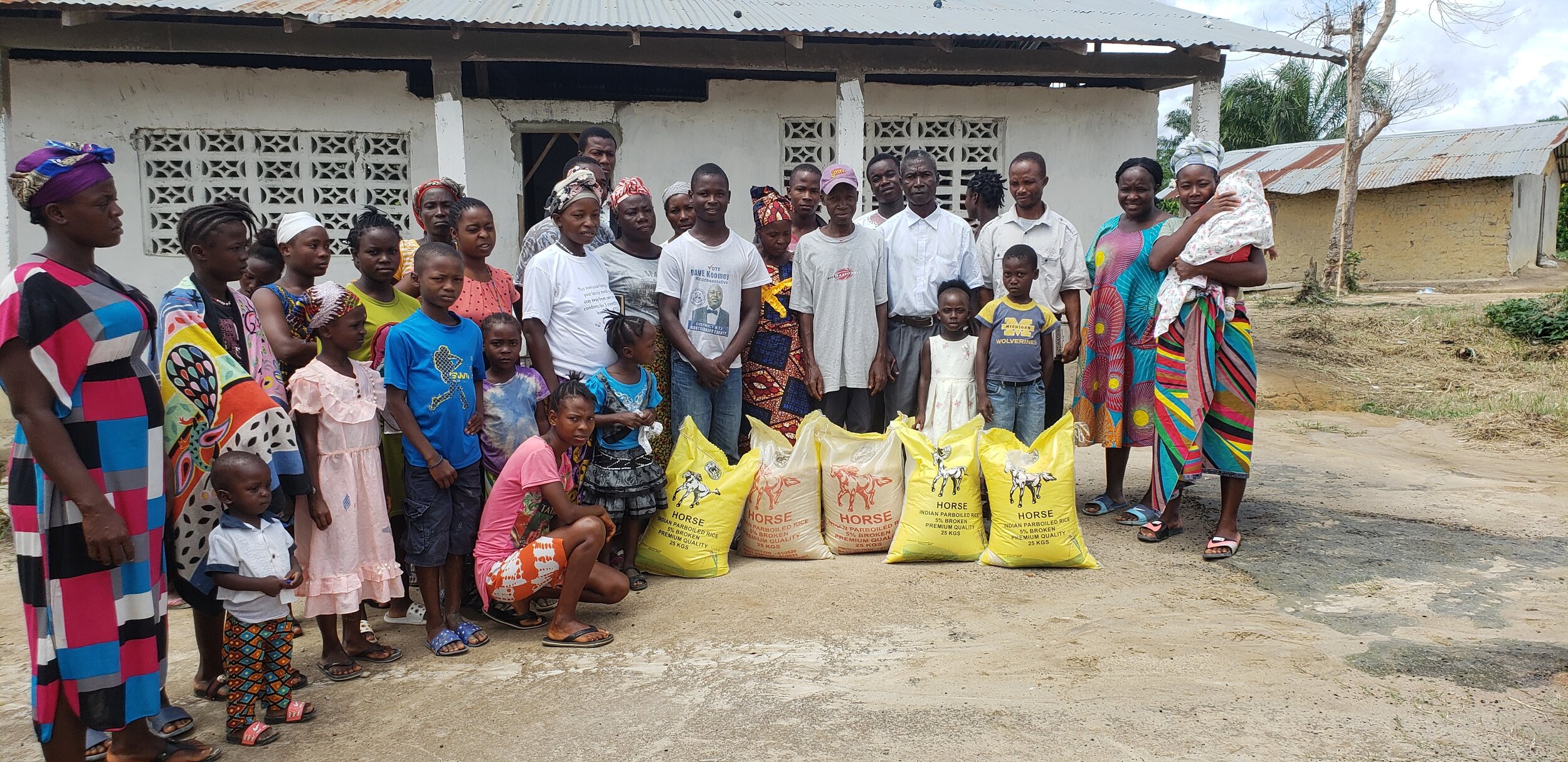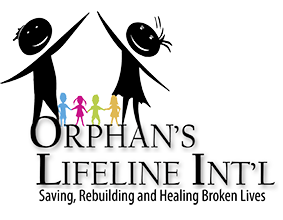
Orphan and Child Poverty Fact Sheet
It is estimated that there are over 100 million orphans worldwide (UNICEF).1 To give you an idea of the enormity of the numbers compare it with the population of the United States which is just a little over 325 million; or the current population of Russia -145 million. Over 100 million children would equal the combined populations of New York City, Los Angles, Chicago and 47 other of the largest cities in the USA, plus the combined populations of Ireland, Norway, Denmark, France, Greece Nicaragua and Costa Rica. These are not just numbers and statistics, these are CHILDREN! - distressed, struggling and with little hope in the world.
According to UNICEF, almost 5700 children become orphans every day due to war, natural disaster, poverty, disease, stigma and medical needs.
According to the World Health Organization (WHO), in 2017, 15,000 children under the age of 5 died every day; that is equivalent to 1 child every 17 seconds. 2.7 million children die every year in the first month of life.
Every 15 seconds, another child becomes an AIDS orphan in Africa
60% of orphan girls will become victims of the sex trade. 10-15% or orphan children will commit suicide before age 18. 70% of orphan boys in Eastern Europe will become criminals.
250,000 children are adopted annually but 14,050,000 orphan children will grow up and age out of the orphan care system without ever having been part of a loving family. That means that every day 38,493 children will age out of an orphanage.2 That’s one orphan every 2.2 seconds who will leave an orphanage or foster care with no family to belong to and no place to call home. Less than 1% of all orphan children will be adopted. Who will care for the rest of the millions of orphaned, abandoned and homeless children?
Russia – It is estimated that since the fall of the Iron Curtain there are between 1 and 4 million homeless children in Russia. There are 30,000 children living on the streets and in the sewers and subways in Moscow (see the Google video- “The Children of Leningradsky”). At around age 16 or 17, orphans are forced to leave the orphanage system and enter the world with limited education and minimal support. Within the first five years, almost 90% of these orphans end up in crime, prostitution, drug and alcohol addiction, or commit suicide. In Ukraine and Russia 10% -15% of children who age out of an orphanage commit suicide before age 18; 60% of the girls are lured into prostitution; 70% of the boys become hardened criminals. Another Russian study reported that of the 15,000 orphans aging out of state-run institutions every year, 10% committed suicide, 5,000 were unemployed, 6,000 were homeless and 3,000 were in prison within three years.
India - The orphan crisis in India is staggering. According to the United Nations Children’s Fund (UNICEF), India has more than 29.6 million children living on the streets. Orphanages are filled with abandoned children and millions more wander the streets just doing what they can to survive (see the movie: “Slumdog Millionaire”)
Africa - Africa has an estimated 39 million orphans. Every year 2,102,400 more children become orphans in Africa alone. Every 15 seconds, another child in Africa becomes an AIDS orphan. There are an estimated 14 million AIDS orphans in Sub-Saharan Africa; 8 out of 10 children in Sub-Saharan Africa will be orphaned by AIDS (a number higher than the total of every under-eighteen year old in Canada, Norway, Sweden, Denmark, and Ireland combined). Uganda has over 17 million children, 15% of whom are orphans (2.5 million orphans). According to the UN, over 50% of Uganda’s children under five suffer from malnutrition, and the country has a 60% child mortality rate. Thousands of West African children were orphaned by losing parents to Ebola in countries like Guinea, Liberia (where Orphans Lifeline International is working), and Sierra Leone.
Haiti has an estimated 1.2 million orphans and vulnerable children (OVC). About 7,000 children roam the streets of Port-au-Prince. Thousands more can be found across the island in cities such as Cap Haitien and Gonaives. Over 6 million Haitian live below the poverty line on less than US$2.41 per day, and more than 2.5 million fall below the extreme poverty line of US$1.23 per day. Every week hundreds of babies and children are abandoned in Haiti shortly after birth. They are left in hospitals, shop doorways, alleys or simply dumped in the street. Many are abandoned because their parents have no means to feed and take care of them. A large number of children become orphaned because their parents have died from disease, natural disaster, conflicts, and political turmoil. The January 2010 earthquake left tens of thousands of new orphan children in this impoverished nation that is only 600 miles from Miami, USA.
1. Reliable statistics are difficult to find, even the sources often list only estimates, and street children are rarely included. But even if these figures are exaggerated by double, it is still an unacceptable tragedy that over a million children would still become orphans every year; and every year 7 Million children would still grow to adulthood as orphans with no one to belong to and no place to call home. These are children at risk who are totally vulnerable, needy and usually without hope in the world.
An orphan is defined as a child who has lost one or both parents. Often it is assumed that all children living in orphanages are orphans. However a closer study of children found in orphanages divides children into two categories: true orphans and social orphans. A true orphan is a child with no parents or extended family to care for them. Social orphans come from families where the child cannot be cared for because of incarceration, extreme poverty, physical abuse and abandonment.
2. To “age out” means to grow to the age where a child is forced to leave an orphanage or a foster care system.
“Street children” are homeless children who live on the streets of a city and are deprived of family care and protection.

